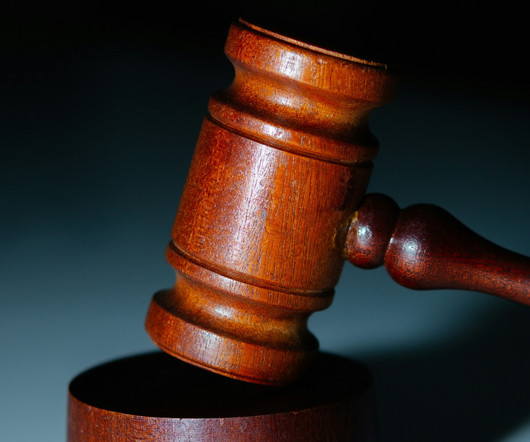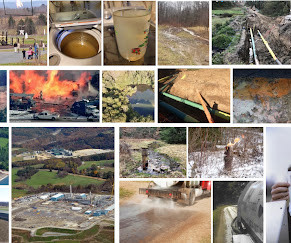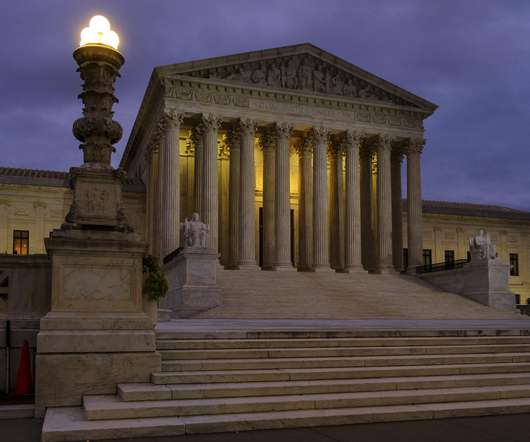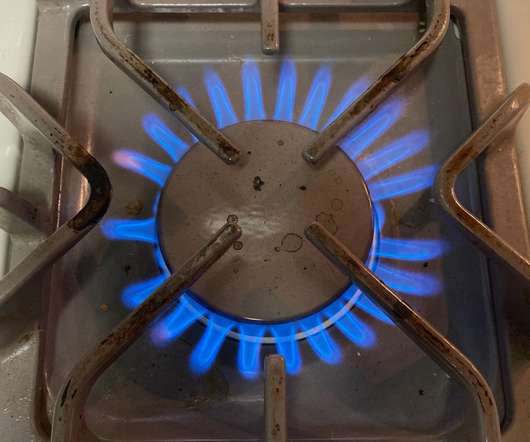EPA’s Power Plant Carbon Rules Are Critical—and Complex. Here’s What to Know, and What to Watch.
Union of Concerned Scientists
APRIL 20, 2023
A multi-decade legal history, including four Supreme Court decisions, has led to unimpeachable clarity on this one point: EPA has a statutory obligation to regulate carbon emissions from power plants under Section 111 of the Clean Air Act. EPA ruling, EPA can still establish rigorous carbon emissions standards.




























Let's personalize your content